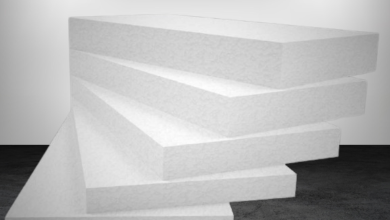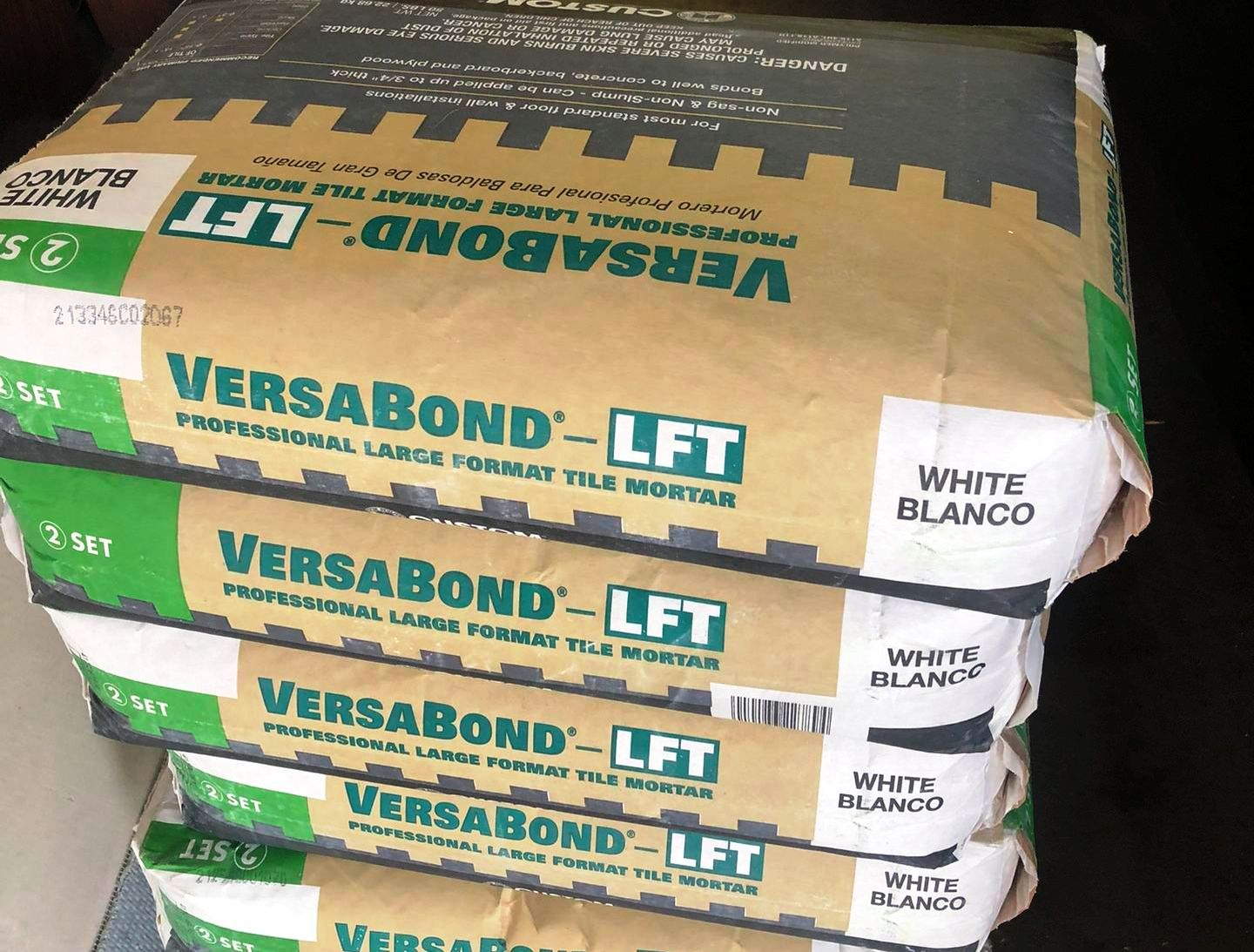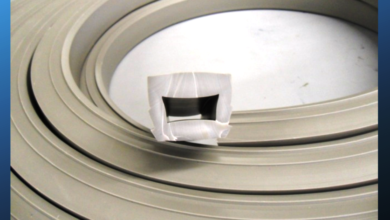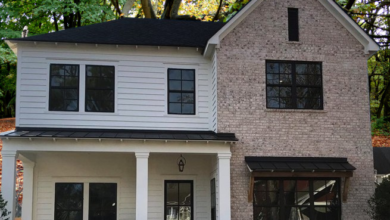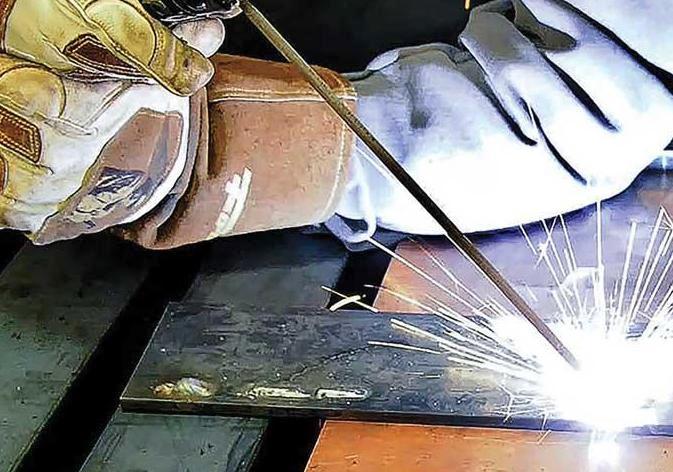How to Install Cement Board Over OSB: A Complete Guide
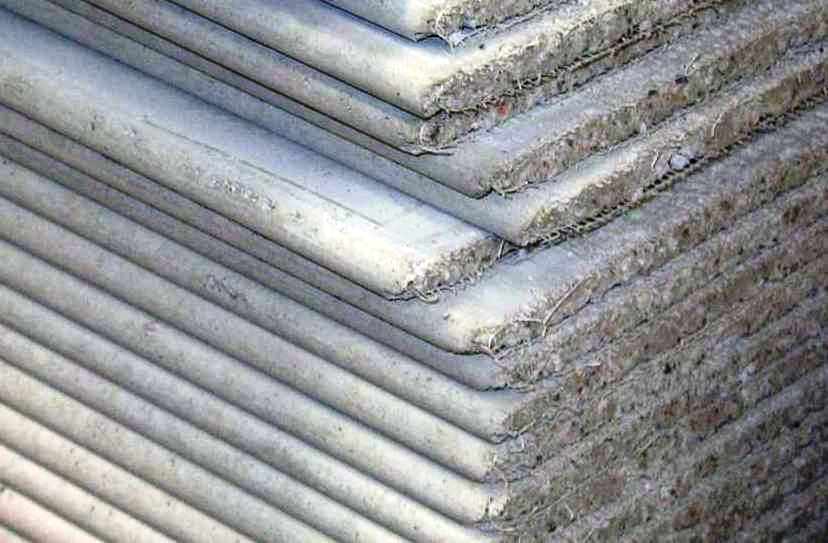
Oriented Strand Board, or OSB for short, is a multipurpose engineered wood panel. It is made up of rectangular wood pieces joined together with heat-cured adhesives.
OSB is packed with features. It is not easily distorted, warped, or deflected. Its strength is comparable to that of plywood as well. Both structural and non-structural uses are possible for it.
Among OSB’s many applications, are you thinking of covering it with cement board? Find out if that’s feasible and whether there are any concerns you should be aware of before moving forward by reading on.
A Cement Board: What Is It?
We need to define these two before we can consider the possibility of installing a cement board over OSB. We have previously covered OSB and a few of its applications.
Sheets with fibers and cement are called cement boards. A cement board’s main function is as a backing for tiles.
Because cement boards are so highly water-resistant, they work incredibly well as tile backings. You can be sure that mold won’t grow with a tile backer like cement board.
Why Would You Want To Install Cement Board Over OSB?
To prepare a surface for tile installation, this is the primary reason you would want to take on such a project.
It can be challenging to install tiles directly over OSB because oriented strand board can easily crumble and ruin your tile installation project if it gets wet.
This is the situation in which a cement board is useful. Installing tiles on OSB will be very easy with a cement board on the surface, and maximum adhesion is guaranteed.
This theory can be implemented. However, is it feasible to put a cement board on top of OSB?
Is it acceptable to cover OSB with a cement board?
Over OSB, cement boards can be installed, but you will need to use a few different products. You must first cover OSB with a layer of thinset.
An adhesive called thinset is created by combining cement, water, and fine sand. This product is frequently used when installing tiles. But in this case, the thinset will cross the OSB.
The cement board and additional thinset come next, after which the tiles can be put in. You can be certain of a long-lasting, successful tile installation project if you adhere to this protocol.
Even though the above process seems simple, there could be some problems. The best surface for installing tiles is not OSB. Using a cement board and a thinset is more of a do-it-yourself method. Experts will tell you to take off the OSB and leave the wall or floor unoccupied.
For most homeowners, this isn’t the best course of action, especially when you take into account the losses sustained and the time invested. When OSB is used for every wall in your house, it gets even worse.
Is Using Thinset Better Than OSB?
The above-recommended method makes it clear that thinset comes before cement board. This means it will have direct contact with the OSB.
The majority of people typically hesitate to use thinset over OSB due to its water content. On the other hand, OSB resists water. It won’t be harmed by the odd exposure to moisture as a result.
Using a thinset to install tiles directly onto OSB is regarded as incorrect. The OSB will become more vulnerable to moisture as a result.
The water in the thinset, however, is not an issue when there is a cement board positioned in between. We will take care of that after the thinset dries.
If the owners of a home or business want to install tiles but the floor or walls are OSB, they should definitely use the above method. Nothing to be concerned about as long as you do it correctly.
How About A Membrane Underlayment?
You might be familiar with underlayment membranes if you follow the most recent developments in the construction sector. These are brand-new items that can be put in between tiles and subfloor.
An underlayment membrane’s main function is to absorb variations in the subfloor, which may have an impact on the surface tiles.
In addition to the aforementioned benefits, an underlayment membrane makes a superior substitute for a cement backer board. RedGard or Custom Building Products’ Wonderboard is a prime example of an underlayment membrane that can be used to install tiles over cement board.
Without fear of breaking either, you can use either of these to bond tiles over OSB. Note that other underlayment membranes are also acceptable as long as they are waterproof.
Doesn’t the cement board make the floor thicker?
That is inevitable, particularly in light of the multiple product layers that will be added. When you install tiles over cement board, expect the thickness to increase.
The cement board will be the first to add thickness. The tiles will then also provide a little thickness. When you tile a room, uniformity is not a concern unless you are working on a single corner of your house.
Is It Better To Remove The OSB?
It is much simpler to install tiles on a wall or floor when there is nothing between. Because this project can be completed with just a cement board.
To quickly adhere the tiles to the wall, you can use a thinset. The process is made more difficult by the OSB’s presence.
The best course of action is to remove the OSB if you intend to tile over it and don’t want any problems down the road. You can be sure that the project will be perfect as a result. Neither the OSB nor the tiles will be harmed by moisture.
The best course of action is to remove OSB, but for most homeowners, this is not feasible. assuming that OSB is used to cover your walls and subfloor. How much time and money will you need to complete a project of this nature?
Using a waterproof underlayment membrane or a thinset and cement board is typically the only option available to most people.
Is It Possible to Use Ditra Over OSB Instead of Cement Board?
Ditra is likely a familiar name for those who have worked on tile installation projects before. This kind of uncoupling membrane is frequently utilized when installing tiles.Polyethylene, which is present in Ditra, functions as a waterproofing membrane.
Many homeowners have used Ditra over OSB with success. Any Schluter representative will tell you that Ditra is a safer alternative to OSB when installing tiles. Ditra has been used by many instead of OSB, and no problems have been reported.
Here’s another product you can use for this project if you’d like even more options.
Should I Be Concerned About Leaks If I Use Cement Board Instead of OSB?
Tiles are most frequently used in kitchens and bathrooms, though they can be installed in any room. These two rooms are similar in that they are frequently exposed to water and moisture.
You might be concerned that if you start this project, water will seep through the cement board and tiles and onto the OSB. We are all aware of the consequences of routinely exposing OSB to moisture and water.
You don’t need to be concerned about moisture getting to the OSB if the cement board is correctly installed and all openings are sealed.
Cement boards are water-resistant despite not being waterproof. Additionally, that will aid in keeping some moisture from getting to the OSB.
Use of a waterproof underlayment membrane is always an option if you are unsure of the cement board’s capacity to ward against moisture. These will protect the OSB from water damage because they are more water resistant.
Is Laying Tiles Over OSB Wrong?
Installing tiles directly over OSB is not advised. Better outcomes, though, are guaranteed when using thinset with a backing board in between.
This also holds true if an underlayment membrane or Ditra is used. There are a lot of conflicting views on the subject of tiling over OSB.
It is imperative that you consult an expert and carry out extensive research prior to adopting the opinions of friends or coworkers.
When installing tiles over OSB, as long as the products and techniques suggested are used, there is no issue.
Is It Possible to Place Plywood Between OSB and Cement Board?
Another excellent way to protect OSB from moisture is to use plywood. You can cover OSB with plywood if you have any. The thinset, cement board, and tiles are then applied on top.
The thinset will leave some moisture on the plywood. But in the end, the OSB will be dry at least.
It’s crucial to keep in mind that a thicker floor results from using more materials when installing tiles over OSB. In order to prevent movement after installing the tiles, the plywood must also be screwed into the OSB.

